In this article, we delve into the fascinating realm of cognitive architecture, exploring the intricacies of salience, cognitive control, task management, and modular design. This cutting-edge project, undertaken by a group of researchers from the Heroistic Imperatives Discord, aims to build an advanced cognitive architecture capable of emulating human-like cognitive processes.
The Cognitive Architecture Project:
The cognitive architecture project is an ambitious endeavor that seeks to develop a robust framework for artificial intelligence systems to exhibit intelligent behaviors akin to human cognition. By building upon recent advancements like Auto GPT, Baby AGI, and GPT-3.5, the researchers aim to create a modular architecture that can adapt and learn from various tasks and environments.
Background and Challenges:
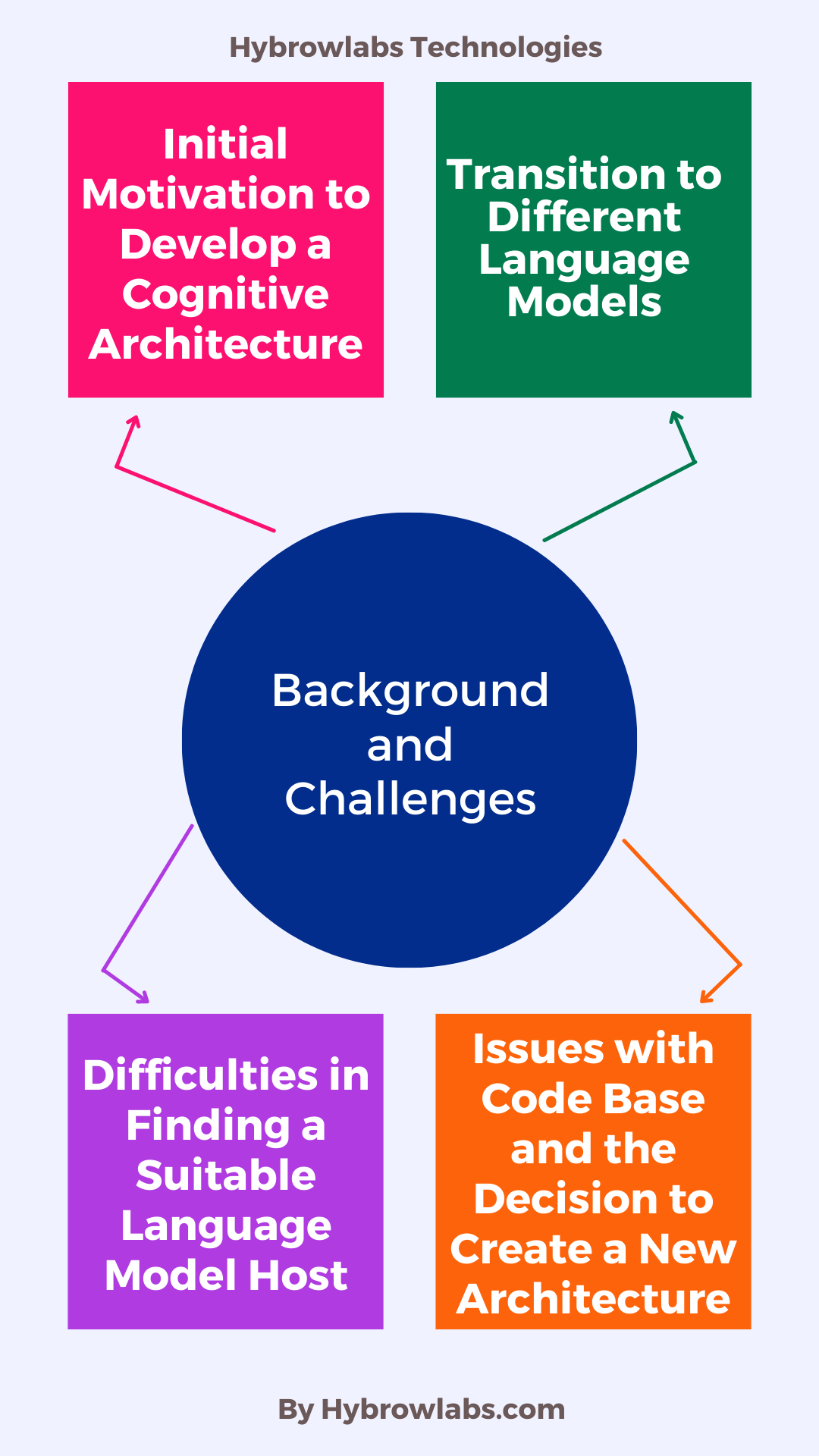
A. Initial Motivation to Develop a Cognitive Architecture:
The project's inception can be traced back to the viral popularity of Auto GPT. Inspired by the capabilities of this powerful language model, Database embarked on the journey of developing a local model. The objective was to harness the capabilities of Auto GPT while reducing reliance on external services.
B. Difficulties Faced in Finding a Suitable Language Model Host:
One of the major hurdles encountered early on was the search for a reliable language model host with a functional API. Initial attempts with llama CPP and other platforms proved unsuccessful, leading the team to discover oobaBooga—an API that offered multiple language model hosting capabilities.
C. Transition to Different Language Models:
The project underwent a series of transitions, experimenting with various language models such as Auto GPT, Baby AGI, and GPT-3.5. These transitions allowed for rapid iterations and development while leveraging the strengths of each model. The team harnessed OpenAI's GPT-3.5 model for its flexibility and efficient development process.
D. Issues with Code Base and the Decision to Create a New Architecture:
As the project progressed, the team encountered challenges stemming from the code base of Auto GPT. In response, they took the courageous step of developing their own architecture—breaking down Baby AGI's script into modular components. This approach not only enhanced flexibility but also facilitated quicker iterations and updates.
The Salience Module: A Closer Look at its Functionality:
A. Unveiling the Rationale:
The development of the Salience Module stemmed from the need to create a flexible and adaptable cognitive architecture. The team recognized that existing models lacked the capability for extensive modifications. Thus, they embarked on a journey to build a modular architecture that allows quick iterations and easy integration of new features.
B. Architecture Modularity:
The Salience Module embraces a modular design that facilitates the seamless integration of various agents and logic loops. By breaking down the architecture into smaller components, the development team has empowered researchers to focus on specific tasks while ensuring compatibility and extensibility across the system.
The Functionality of the Salience Module:
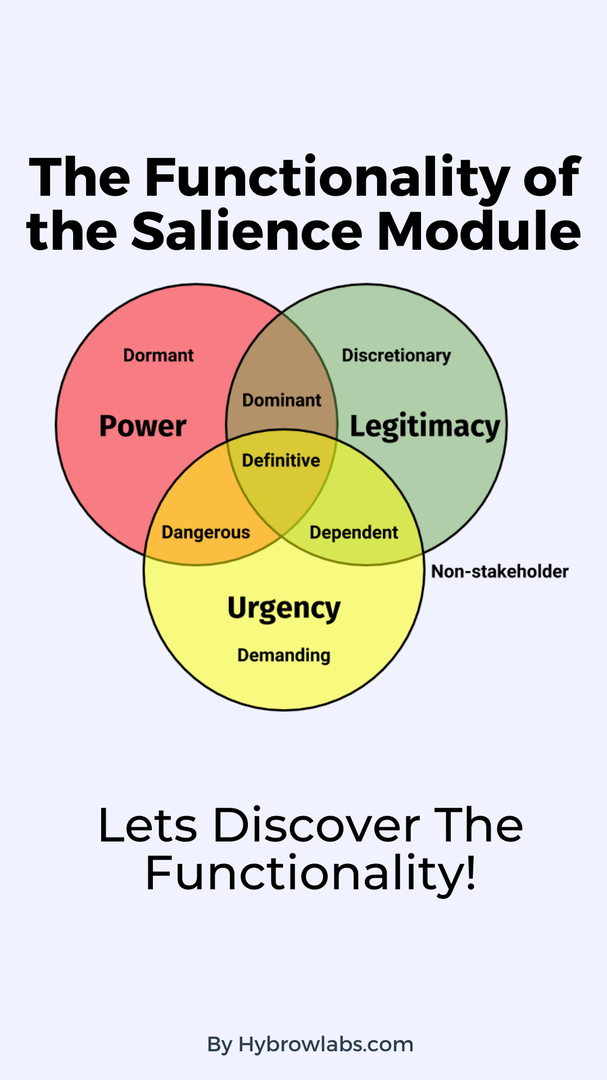
A. Instantiating Agents and Loading Task Lists:
The Salience Module begins by instantiating agents and loading task lists. This crucial step sets the foundation for subsequent operations and ensures efficient task management within the architecture.
B. Sorting and Filtering Task Lists:
To optimize the workflow, the Salience Module incorporates a sorting and filtering mechanism. This process arranges the task list and filters out completed tasks, streamlining the flow of information for further processing.
C. The Job Agent's Role in Searching and Summarizing Results:
The Job Agent plays a pivotal role in the architecture by searching the results database for relevant information. It then summarizes the retrieved data, providing a concise overview for further analysis and decision-making.
D. Execution Agent's Prompt Handling and Result Retrieval:
The Execution Agent is responsible for handling prompts and executing the necessary tasks. It retrieves results from the execution process and communicates them back to the Job Agent, enabling seamless information flow and task completion.
E. Integration with the Results Database:
The Salience Module seamlessly integrates with the Results Database, ensuring that valuable insights and outcomes are efficiently stored and easily accessible for future reference.
Future Integration of the Frustration Signal for Cognitive Control:
In the pursuit of comprehensive cognitive control, the development team plans to incorporate the frustration signal into the architecture. This signal acts as an indicator of the progress and performance of the system, allowing for intelligent decision-making, adaptive model selection, and the ability to request assistance when needed.
Advancements and Modifications: Pushing the Boundaries:

A. Borrowed Elements from Existing Projects:
While the Salience Module represents a novel approach, the development team acknowledges the influence of previous projects. Leveraging existing concepts and technologies provided a solid foundation upon which they could build and improve, ensuring a robust and efficient cognitive architecture.
B. Making the Architecture Modular and Extensible:
One of the key advancements in this cognitive architecture is the emphasis on modularity. Breaking down the system into smaller, interconnected components has allowed for greater flexibility, ease of modification, and scalability. Developers can focus on specific modules while maintaining compatibility with the overall architecture.
C. Integration of Additional Loops and Modules:
The team has expanded the architecture by integrating new loops and modules to enhance its functionality. These additions enable a more comprehensive understanding of tasks, better decision-making capabilities, and the potential for adaptive learning and improved performance.
D. The Analyst Agent and Its Role in Decision-Making and Feedback:
The Analyst Agent represents a critical component of the architecture, facilitating decision-making and providing valuable feedback. This agent analyzes various factors, such as task complexity and system performance, to make informed decisions, optimize resource allocation, and continuously improve the cognitive architecture.
Unveiling the Power of the Salience Loop:
In this section, we embark on a journey to explore and demonstrate the salience loop – a powerful cognitive architecture that revolutionizes information processing and decision-making. We delve into its inner workings, highlighting its core features and the significance of the restore from previous state functionality. By understanding the salience loop's capabilities, we can unlock its potential to enhance cognition and optimize performance.
A. Unveiling the Initialization Process:
Before we dive into the salience loop's key features, let's shed light on its initialization process. The salience loop starts by acquiring information from the environment or task at hand. This information serves as the foundation for subsequent processing and decision-making, setting the stage for a comprehensive understanding of the context.
B. Showcasing the Salience Loop's Key Features:
- Relaunching from the Prior State: One of the salience loop's remarkable features is the ability to restart from the previous state. This functionality ensures that users can seamlessly continue their cognitive processes without losing progress or valuable insights. By preserving the state of the system, the salience loop enables uninterrupted task continuation, saving time and effort.
- Choosing between Auto Mode and Manual Mode: The salience loop provides users with the flexibility to operate in either auto mode or manual mode. In auto mode, the loop autonomously processes information, identifying salient cues and generating relevant responses. This mode is ideal for tasks that require rapid decision-making or when users prefer a more automated approach. On the other hand, manual mode empowers users to actively engage with the loop, making deliberate decisions based on their own cognitive processes and judgments
The Significance of the Restore from Previous State Feature:
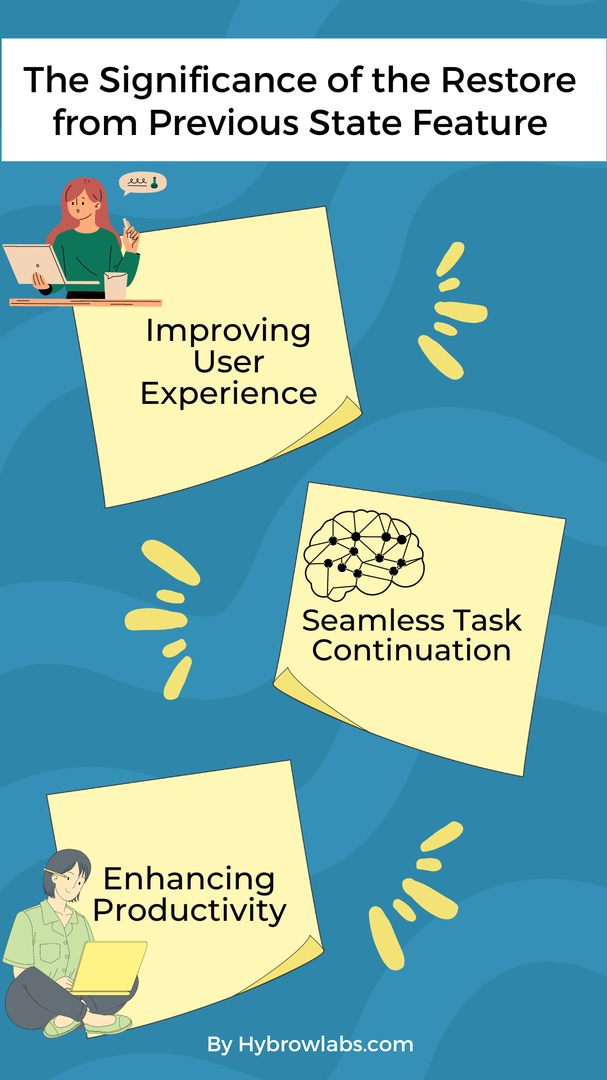
Improving User Experience:
a. Seamless Transition: The restore from the previous state feature ensures a seamless transition for users. It allows them to pick up where they left off, eliminating the need to start from scratch or retrace their steps. This continuity enhances user satisfaction and minimizes frustration, providing a more enjoyable experience overall.
b. Consistency: By restoring the previous state, the feature maintains consistency in the user interface and settings. Users can easily resume their tasks with familiar layouts, configurations, and preferences, promoting a sense of familiarity and ease of use.
c. Minimizing Disruption: Interruptions or unexpected system crashes can disrupt workflow and lead to data loss. The restore from the previous state feature mitigates these issues by preserving the state of the system, minimizing disruption, and preventing data loss.
Seamless Task Continuation:
a. Time-Saving: Restoring the previous state saves valuable time by eliminating the need to repeat steps or reconfigure settings. Users can seamlessly continue their tasks without any unnecessary delays, boosting productivity.
b. Context Retention: The feature retains the context of the task, including the current progress, selected options, and any intermediate results. This context awareness enables users to resume their work with a clear understanding of where they left off, ensuring a smooth and uninterrupted workflow.
c. Multi-Tasking Efficiency: In situations where users need to switch between multiple tasks or projects, the ability to restore from the previous state allows for efficient task switching. Users can easily switch to another task and return to the previous one without losing progress, enabling a more fluid and productive work environment.
Enhancing Productivity:
a. Minimizing Cognitive Load: The restore from the previous state feature reduces cognitive load by eliminating the need to recall and recreate previous steps or configurations. Users can focus their attention and cognitive resources on the task at hand, leading to increased efficiency and productivity.
b. Error Prevention: Manual reconfiguration or restarting tasks from scratch can introduce errors or inconsistencies. By restoring the previous state, the feature reduces the likelihood of errors and ensures accuracy, enabling users to continue their work with confidence.
c. Task Management: The ability to restore from the previous state facilitates effective task management. Users can prioritize and manage their workload more efficiently, knowing that they can seamlessly switch between tasks and resume them without disruption.
Conclusion and Future Directions:
In conclusion, the demonstration of the salience loop underscores the power and potential of cognitive architecture in AI systems. Its modular design and adaptability open the door to exciting advancements in the field. Looking ahead, cognitive architecture promises even more innovations and progress. For a practical application of these developments, consider exploring Hybrowlabs Development Services which showcase the future of AI and cognitive architecture.
FAQ
1. How does the salience loop contribute to cognitive architecture?
The salience loop plays a crucial role in cognitive architecture by facilitating the processing and prioritization of information. It helps determine the relevance and importance of various inputs, allowing the AI system to focus its attention on the most salient aspects of a given task or environment. By integrating perception, attention, and memory, the salience loop enables intelligent decision-making and problem-solving, mirroring the cognitive processes observed in humans.
2. Can the salience loop adapt to different tasks and environments?
Yes, one of the key features of the salience loop is its adaptability. It can dynamically adjust its parameters and settings to suit different tasks and environments. Through learning and experience, the salience loop can refine its decision-making process, becoming more attuned to specific requirements and objectives. This flexibility allows the cognitive architecture to perform effectively across a wide range of applications, making it versatile and adaptable to diverse scenarios.
3. Are there any limitations to the salience loop?
Like any component of a cognitive architecture, the salience loop has certain limitations. Its effectiveness depends on the quality and quantity of the available data and the algorithms used for processing and decision-making. The performance of the salience loop can be influenced by biases or inaccuracies in the training data, potentially leading to suboptimal results. Furthermore, the complexity of some tasks or environments may pose challenges for the salience loop, requiring further advancements in AI research and technology to overcome these limitations.
4. What are the potential applications of cognitive architecture in real-world scenarios?
Cognitive architecture has immense potential for real-world applications across various domains. In healthcare, it can aid in diagnosing medical conditions by analyzing patient data and providing recommendations to healthcare professionals. In autonomous vehicles, cognitive architecture can enhance perception and decision-making, enabling safer and more efficient transportation. Additionally, in customer service and personal assistants, cognitive architecture can understand and respond to user queries more intelligently, improving user experiences. These are just a few examples, and the possibilities for applying cognitive architecture are vast and continually expanding.
5. How can the integration of feedback enhance the performance of the salience loop?
Integrating feedback into the salience loop can greatly enhance its performance. By incorporating user feedback and real-time data, the loop can continuously learn and adapt, improving its ability to identify salient information accurately. Feedback helps refine the decision-making process, allowing the cognitive architecture to adjust its attention allocation and prioritize relevant inputs more effectively. This iterative learning process leads to continuous improvement, resulting in a more efficient and intelligent system.



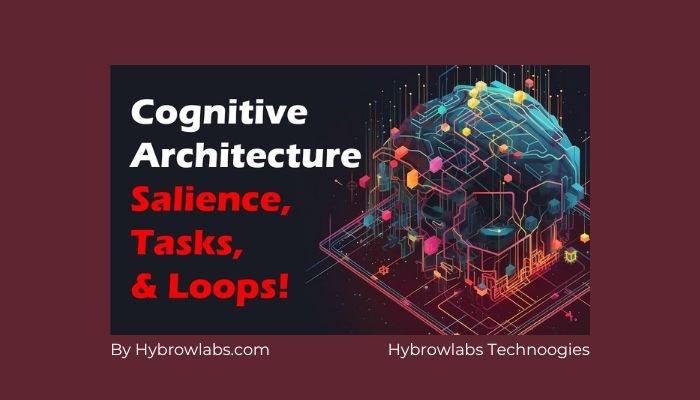


a3dc85.jpg)
.jpg)
fd8f11.png)

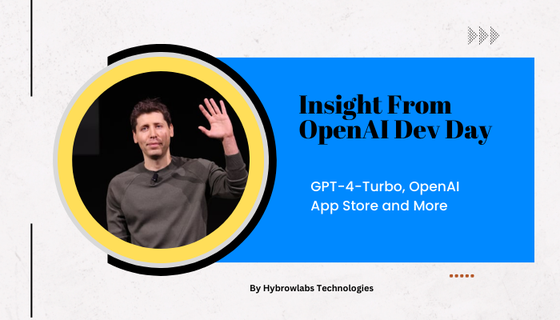
.jpg)
.jpg)